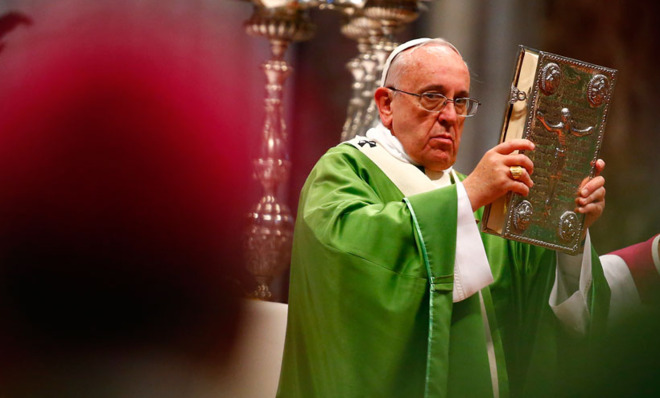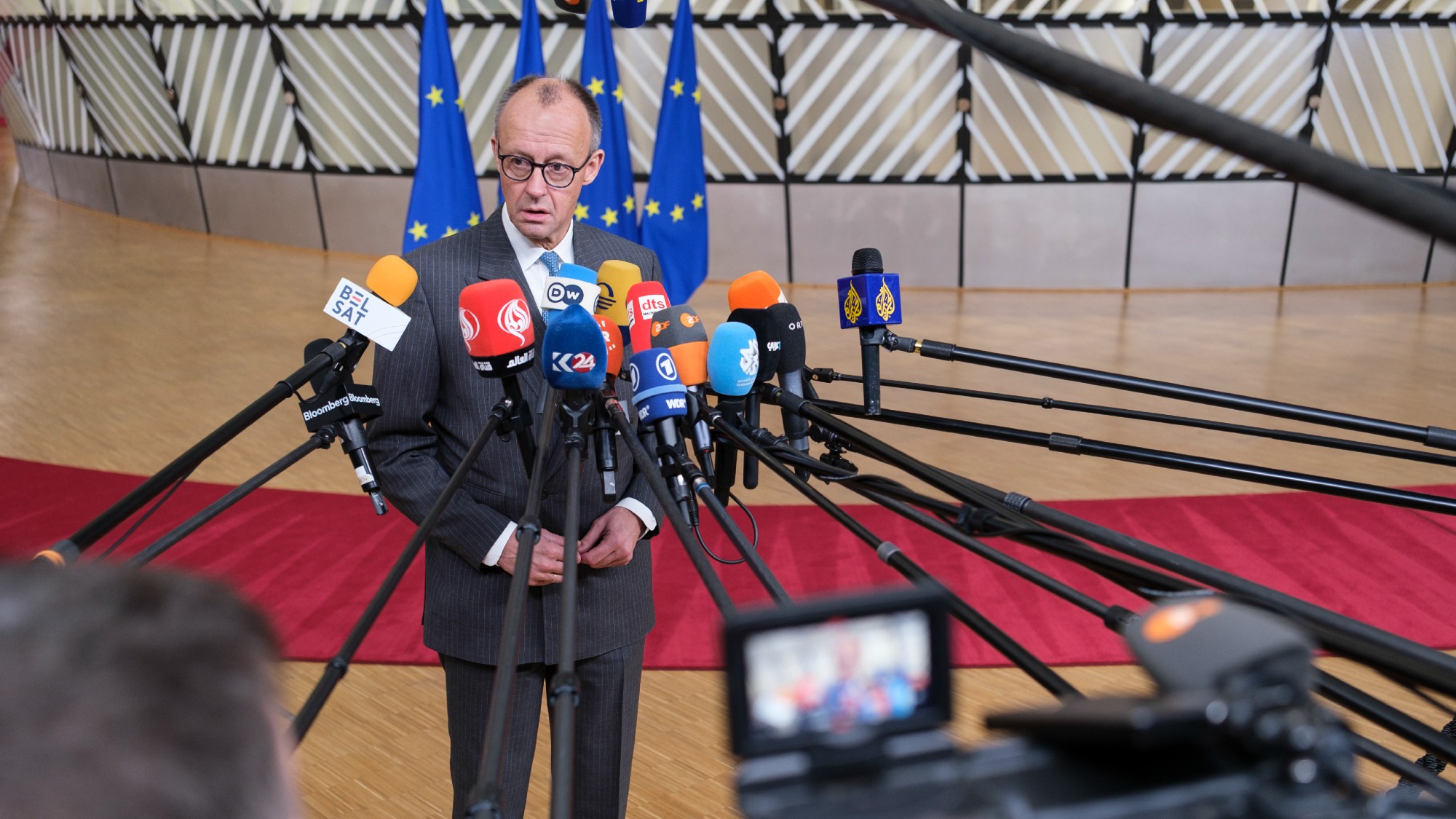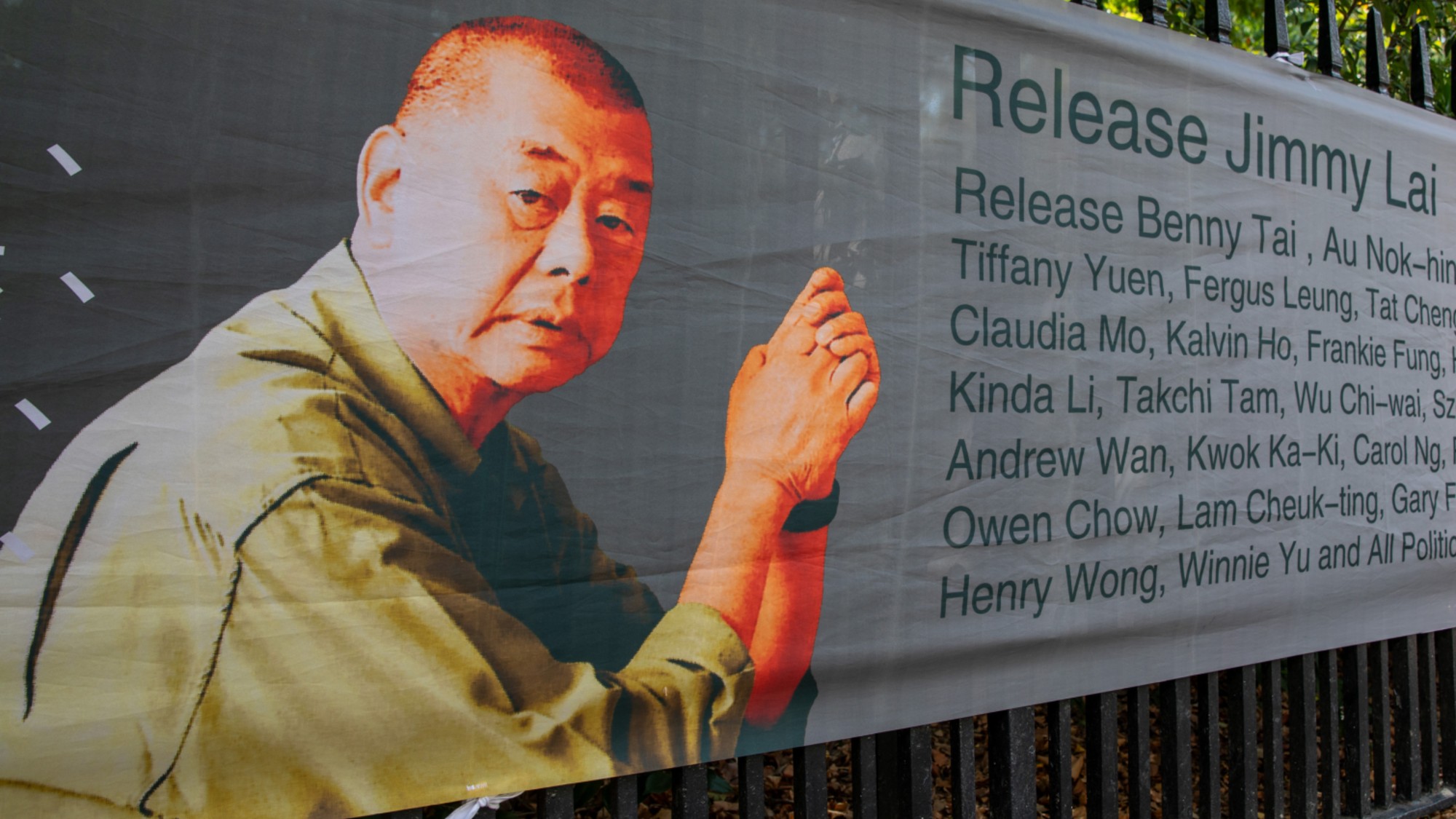The Vatican's latest foray into self-deception
Church authorities are offering confusion and calling it communion


Are the "irregular" family situations that the Vatican is considering this week similar to the many varieties of Christianity that exist outside the Catholic Church?
That's the theory behind an intriguing article by John Allen Jr, the intrepid church reporter who heads up The Boston Globe's standalone venture, Crux. Just as the churchmen partaking in the Vatican's "synod" on the family today wish to emphasize the good in unmarried, previously divorced, or same-sex couples in order to move them toward a fuller realization of grace, so did the Second Vatican Council shift emphasis away from the Church's "exclusivist" claims to Christianity.
Vatican II did so by elaborating a new theology of the church: While the fullness of the church, according to Catholic doctrine, may exist only in Catholicism, there are nevertheless precious elements of it to be found outside that deserve honor and respect.
With that, the world changed. Before Vatican II, many Catholics hesitated to even enter a Protestant church; afterwards, such taboos were gone. While ecumenism hasn't yet achieved full reunion, it's still among the most stunningly successful Christian movements of the late 20th century.
Without overdramatizing things, something similar may be going at the 2014 Synod of Bishops on the family vis-à-vis people living in what the church considers "irregular" situations — cohabitating couples, gays and lesbians, people who divorce and remarry outside the church, and so on. [Crux]
Allen is right on at least one count: The synod's approach to family is similar to Vatican II's approach to ecumenism, i.e. Christian unity. The comparison is just not as flattering as Allen would like.
The Week
Escape your echo chamber. Get the facts behind the news, plus analysis from multiple perspectives.

Sign up for The Week's Free Newsletters
From our morning news briefing to a weekly Good News Newsletter, get the best of The Week delivered directly to your inbox.
From our morning news briefing to a weekly Good News Newsletter, get the best of The Week delivered directly to your inbox.
One part of his analogy to ecumenism is particularly revealing. He describes the ecumenical movement issuing from Vatican II as one of the great successes in the last half century of Christendom. But so far, that ecumenical movement has not only failed to reunite Christian churches, it has also failed to keep them from developing their doctrine in conflicting ways.
In the 1960s, Catholics and Anglicans disagreed on divorce, contraception, the sacraments, now they disagree on who qualifies for the priesthood and office of bishop too, with divisions multiplying among Anglicans. The committee in charge of fostering cooperation between Catholics and Christians — the Anglican Roman Catholic International Commission, or ARCIC — has had more "new starts" than accomplishments.
But the synod's method is reminiscent of the ARCIC and the approach of its cheerleading ecumenists, namely in its calculated use of ambiguity. The ARCIC was a kind of working group of theologians that convened and slowly produced joint doctrinal statements. They wrote statements on a host of theological topics, often taking decades to hammer out statements. One of their efforts concluded in a document called the "Final Report" of 1981.
It was rejected summarily by the Congregation for the Doctrine of the Faith (the office of the Vatican charged with guarding orthodoxy). And the reasons given were telling:
A free daily email with the biggest news stories of the day – and the best features from TheWeek.com
Certain formulations in the Report are not sufficiently explicit and hence can lead to a twofold interpretation, in which both parties can find unchanged the expression of their own position. This possibility of contrasting and ultimately incompatible readings of formulations which are apparently satisfactory to both sides gives rise to a question about the real consensus of the two Communions, pastors and faithful alike. [via Seattle Catholic]
In other words, all the work of ARCIC was at drafting a set of texts that would hide disagreement by the sly use of terminology. The Vatican's report on the current synod occasionally deployed the same method.
Take its treatment of the issue of artificial forms of birth control. The report states, "we should go back to the message of the Encyclical Humanae Vitae of Paul VI, which underlines the need to respect the dignity of the person in the moral evaluation of the methods of birth control."
The influential Jesuit editor of America magazine, Fr. James Martin said this statment implied "the need to respect the personal conscience of the individual." In other words, Martin took it as a total affirmation of The Winnipeg Statement, which challenged Church orthodoxy by counseling couples to follow their own conscience when it came to birth control.
But of course the same statement of the synod's report could also be read as a near verbatim of a 1987 statement put out by Joseph Ratzinger's Congregation for the Doctrine of the Faith, which said the prohibition of artificial birth control and abortion was premised on "a moral evaluation in reference to the dignity of the human person." In this interpretation, the only permissible forms of birth control for Catholics are to be found in Natural Family Planning, which do not involve artificial sterilization or artificial impotency, and therefore "respect the dignity of the person."
Whose reading of those words is correct, James Martin's or the doctrinal chief who would become Pope and Pope Emeritus? Both, because just as in the ARCIC documents, the synod's statement admits both readings and does too little to exclude one set of assumptions or another. What's interesting is that in both cases of ecumenism and the family, the deliberately ambiguous statements were drafted in part to ease the path toward sharing communion with those currently excluded.
Many in the ARCIC believed that their formulas would allow Anglicans and Catholics to receive communion in each other's churches without actual union. So too, participants at the synod hope to find a formula that allows the civilly re-married to be admitted to communion without a change to their state of life.
Ultimately, this problem of ambiguous theological formulas is emblematic of the entire era of Catholicism since Vatican II. Unlike previous Church Councils like Trent, Orange, or Nicea, the Second Vatican Council did not offer finely honed statements, canons, or creeds that can be affirmed or denied, but instead issued longer essays that admitted not just many readings, but contrary ones. This way of "being Church" is a kind of collective and consensual self-deception, where everyone can find a way to be right, no matter how much they disagree.
Michael Brendan Dougherty is senior correspondent at TheWeek.com. He is the founder and editor of The Slurve, a newsletter about baseball. His work has appeared in The New York Times Magazine, ESPN Magazine, Slate and The American Conservative.
-
 Who is paying for Europe’s €90bn EU loan?
Who is paying for Europe’s €90bn EU loan?Today’s Big Question Kyiv secures crucial funding but the EU ‘blinked’ at the chance to strike a bold blow against Russia
-
 Quiz of The Week: 13 – 19 December
Quiz of The Week: 13 – 19 DecemberQuiz Have you been paying attention to The Week’s news?
-
 What’s causing the non-fiction slump?
What’s causing the non-fiction slump?In the Spotlight Readers are turning to crime fiction, romantasy and self help books as a form of escapism
